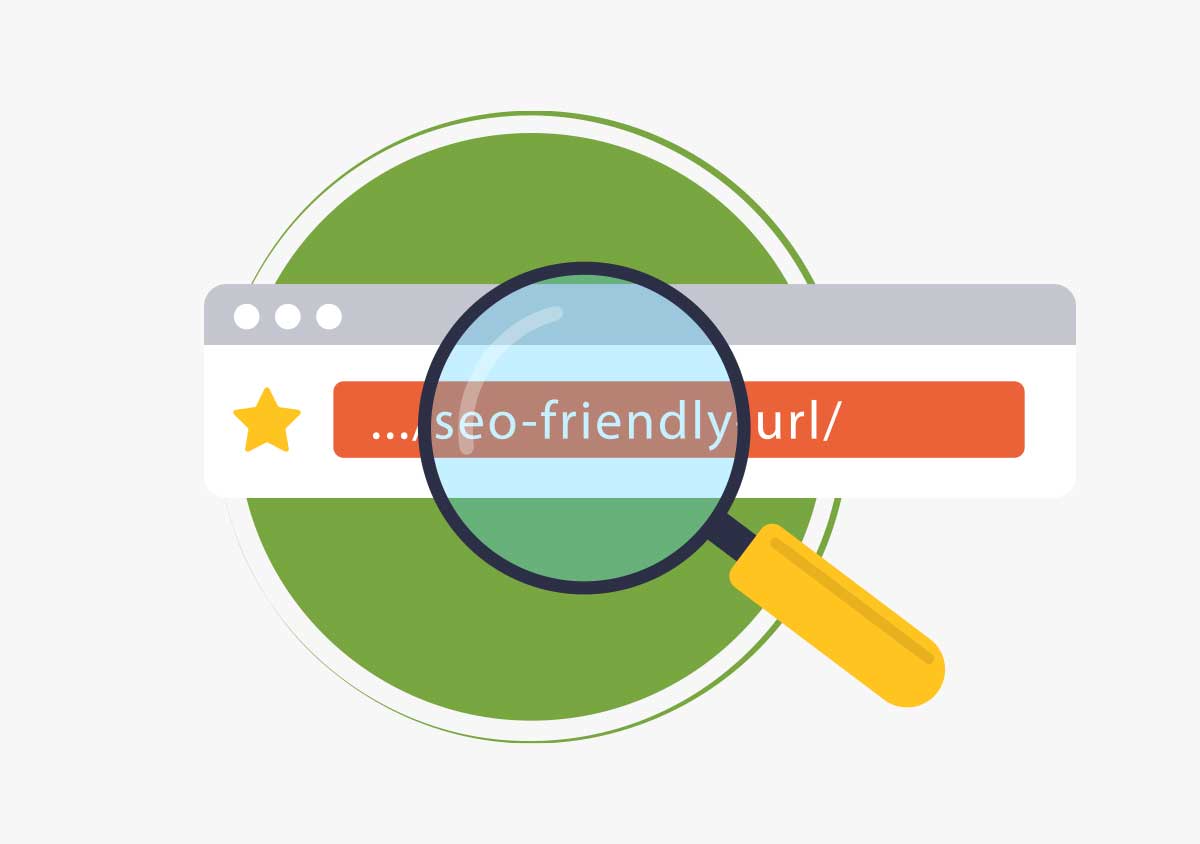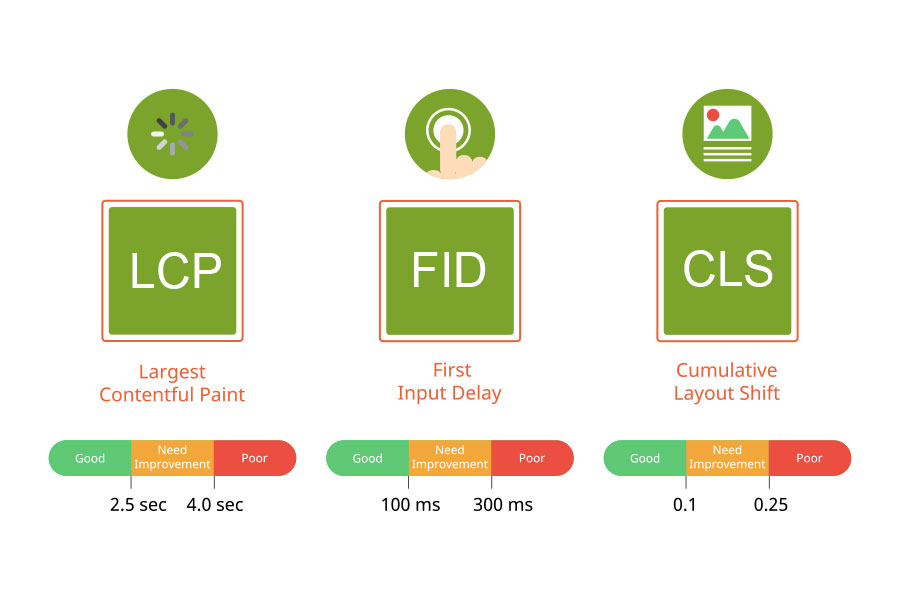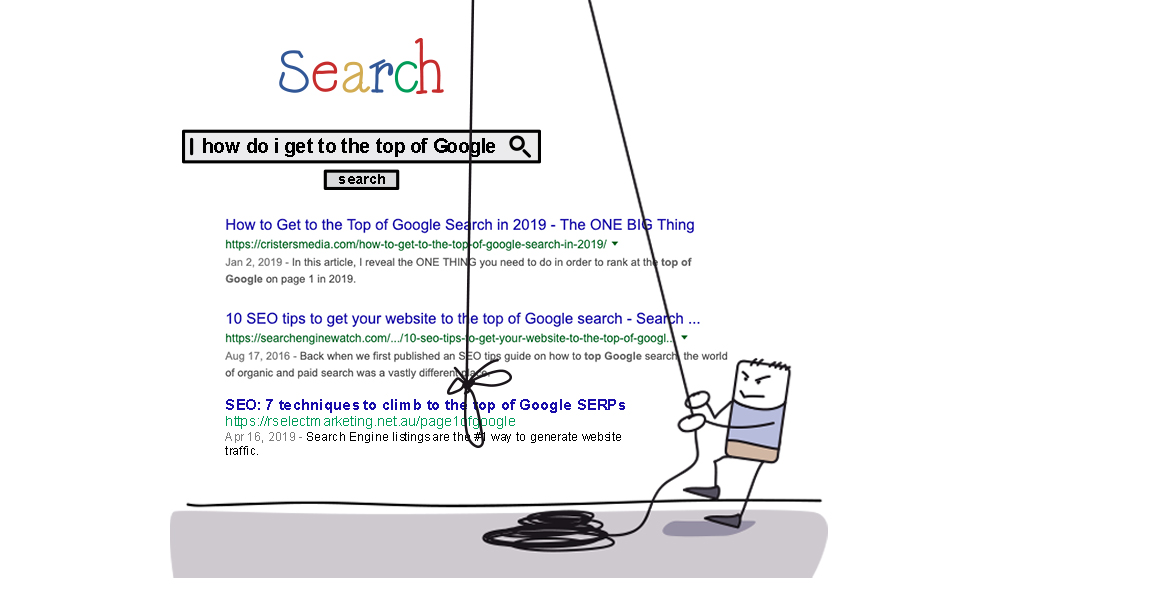W
e have always been told that Search Engine Optimisation is all about keywords and link building. That’s still very true, and is the two most important things to work on when improving SEO rankings. However, there are a lot of different SEO techniques these days that can help improve your SEO presence online and create a difference between you and your competitors. Some of these are “non-text” techniques such as images, videos and infographics. It is really important to optimise these kinds of content as they are becoming more and more important when building traffic.
1. Images
“A picture is worth a thousand words”. You surely have heard this saying many times before. Technically, for SEO purposes this saying is wrong, as search engines won’t count pictures as text, but it is very important these days online to illustrate what you are saying. When people hear information, they’re likely to remember only 10% of that information three days later, but this percentage goes up to 65% if a relevant image is paired with the text. Adding images also makes the reading more comfortable for your audience. Putting images in your content is a great way to build traffic and to keep them. Make sure you take the time to choose the perfect image, as you need it to be relevant to your information, and use high-quality images that will grab your audience’s attention. You can purchase stock images or jump on websites that have great free images that you can use commercially.
To improve your SEO with the use of pictures you need to firstly, rename them using keywords related to your information. Doing this will help your SEO, as it’s the same logic used in your keyword strategy for your content, but instead of putting these in your text, you put these in your image title.
Another important thing to be aware of is the picture’s loading time. If your website takes more than 3seconds to load, 40% of people will leave. Your pictures will also contribute to your website loading time. The bigger the image, the longer it is to load. So, scale the image, as you don’t need the picture to be huge, have a large file size or have a high resolution. If you don’t have Photoshop you can use tools such as ImageOptim or JPEGmini. It is a good thing to reduce the file as much as possible, without affecting the quality as you don’t want to have blurry images online either.
Studies have shown that having one picture within your content will improve your SEO. However, having more than one picture doesn’t matter. So you should definitively add at least one image. You are free to add other pictures if you find it relevant, it doesn’t improve or hurt your SEO either way.
2. Videos
By 2019, 80% of the world’s internet traffic will be video, so it is becoming more and more important in digital marketing strategies. The popularity of video online has spread throughout advertising and marketing. In 2015 about $7.77 billion was spent on online video advertising and will increase in2017 and 2018. It’s now very relevant for small and medium sized business to include videos into their digital marketing strategy.
Video is considered to be quality content that sends a signal to the search engines. As videos become more and more important, search engines are going to rank the websites that have included videos higher.
Like with images make sure you put keywords in your video’s title and description. Another thing you can do is to transcript your video. Search engines cannot detect the words within the video as they are not actual text. But, by writing the transcript, you are putting keywords related to your video within your content. So focus on what you are saying in your video, as it is important for the transcript.
Host your videos on YouTube as its platform has the second-largest number of search queries after Google, and is in fact owned by Google. The best to way to drive traffic to your website with YouTube is to put a backlink in your video’s description. If a lot of people are clicking on this link, your rankings will increase.
Getting more people to like or view your video is a positive signal to search engines about the value of your content. This will increase the likelihood of your video being found and drive traffic to your website.
Make sure you have a Video Sitemap, as you need to have the basics covered with a properly configured video sitemap to improve your SEO. There are platforms such as xml-sitemaps.com that you can use to automate the video sitemap. You can also use the Google Video extension to the Sitemap protocol to give Google information about video content on your site.
While information on your video sitemap might duplicate some of the keyword labels used to identify the video, it is a separate process. Video sitemaps are an extension to the general sitemap of your web property. Metadata that may be customised include duration, rating, view count, age appropriateness, whether the video may be embedded and other useful information.
3. Infographics
The use of infographics is increasing and is a great way to explain an article, concept, product and much more in a picture format, as it's much more fun to look at pretty pictures or watch cool videos than it is to read plain text.
Do you know why that is? Well, our brains do less work when digesting visual content, first of all. And, more compellingly for marketers, visual content drives more traffic and engagement than plain text does. Infographics that are used effectively can improve your SEO. They are “liked” and shared on social media 3 times more than any other type of content.
Creating infographics is also a good way to get high quality links. As an SEO company, by creating relevant infographics for clients in a specific industry, with information relevant to their audience the process includes:
a. Firstly, you'll need a topic that is new and of interest to the brand’s audience. Then you’ll research and collect information on the topic that can be broken down into illustrations. Don't put too much information as it can make the reading uncomfortable, so we suggest no more than 10 ideas within the infographic.
b. The second step is to find a website that writes about your infographic's subject. It is easy to find one; you just need to put the keywords that are related to the infographic's topic in the search bar. Once you have a list of the websites, select the most popular ones as it is better to have your content shared by high-traffic sites.
c. The third step is to contact the business / owner of the websites you chose. Get in touch with them via email, show them your infographics and tell them why it would be beneficial for their website to have this content. Don't forget to mention that if they are interested in sharing the content that they need to put a link that leads to your website, otherwise the work in creating the content is wasted. You can put a watermark on the image in the initial stages of contact, as you don’t want to send an image to them and have them use it without adding a link to your site.
Depending on your graphic design skills, creating an infographic doesn’t have to be complicated, especially if you have good design software such as Adobe Photoshop and Adobe Illustrator.
For SEO purposes, when you post it, make sure you name it with keywords, like you do with pictures and videos.
One interesting thing to do with infographics is to write the script of what has been said. This is the same concept that we use for videos. You should write all the statistics and content because they contain keywords.
If someone is searching for the topic that your infographic is created on then search engines won’t be able to detect the words you write in your infographics as it is a PNG or JPG file. It would be a shame to keep your website from attracting these people searching by not including the text content as well. Both work hand-in-hand with each other.
Visual content can improve both the user experience on your website as well as your SEO, as long as you optimize it.
We use a number of white hat SEO techniques to help you climb the rankings on search engines, including non-text SEO. Want to know how your website ranks online?
Register for your FREE website analysis or give us a call on (07) 5592 2685 or email info@seoplans.net.au











